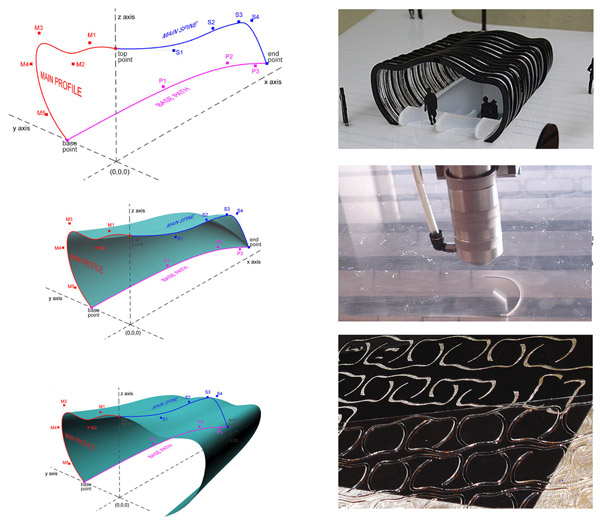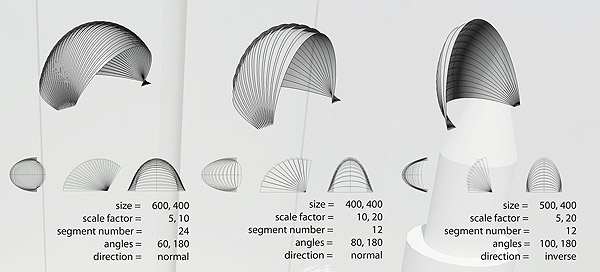Designer as Casual Coder
by Tuğrul Yazar | February 28, 2013 12:26
From the 2009 eCAADe paper presented with Birgül Çolakoğlu titled; “Designer as Casual Coder: Overview of an Experimental Design Studio”;
In recent years, computational approaches in architecture started to change the scope of the architect’s work. He/she is not any more a passive tool user instead, became a casual tool developer. Conventional CAD systems that focus on geometric representation of a designed artifact, are transforming into systems in which the design is represented as a parametric process. By increasing utilization of these systems in architectural design process, parametric modeling is integrated not only as a new medium of design representation, but also as a design method. As Aish and Woodbury (2005; 2006) points out, parametric systems increase the complexity of tasks in a design process, while designers must model not only the artifact being designed, but also a conceptual structure that guides variation. Integration of these methods in architectural education requires a new set of skills and design domains different from that required in non-parametric methods. This requirement is valid for both students and studio instructors. Parametric representation of a design artifact requires explicit definition of the problem, (goals and methods) a model, a mathematical representation of both goals and systems and an algorithm capable of generating model solutions and variations (Saunders, Grace, 2009).
You can read the rest of the paper [PDF File][1], explaining an experimental design studio conducted at Yıldız Technical University in 2008. Below are two student projects of Anıl Bayburtluoğlu, Fırat Aksakal, Serdar Köroğlu, and Yeşim Çiloğlu.


Good old days.
- [PDF File]: https://www.designcoding.net/decoder/wp-content/uploads/2013/02/2013_02_28-casual.pdf
Source URL: https://www.designcoding.net/casual-coder/